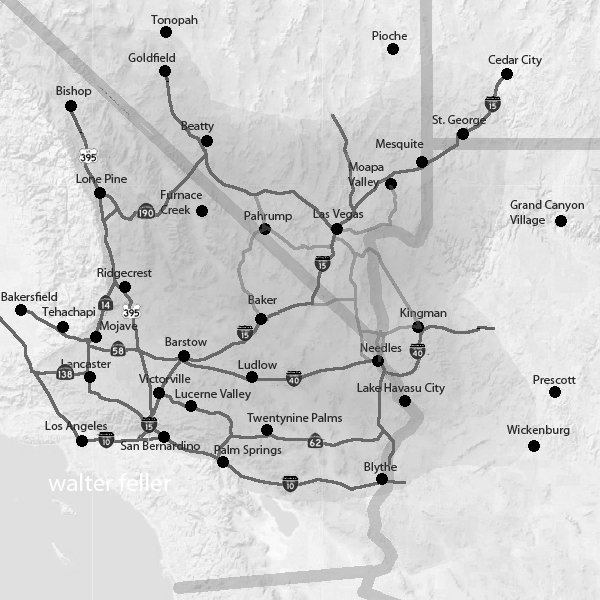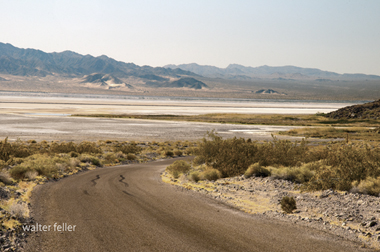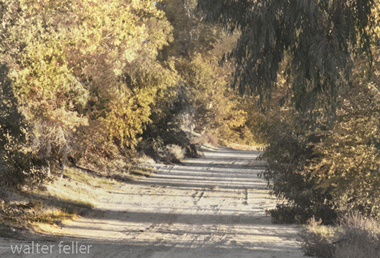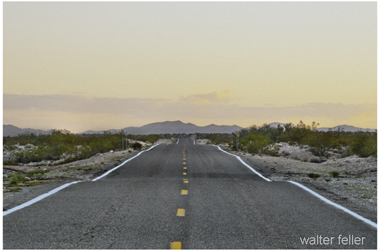Transportation
Roads, Trails, Highways, other ...

General area road map. Not all roads shown.
The evolution of transportation in the Mojave Desert encompasses a transition from ancient footpaths to modern freeways and railroads, reflecting broader trends in human mobility and infrastructure development.
Footpaths Before History:
The earliest transportation routes in the Mojave Desert were footpaths used by Native American tribes. These paths were integral for trade, social connectivity, and migration. They followed natural features like water sources, valleys, and mountain passes.European Exploration and Early Trails:
With the arrival of European explorers and settlers, some of these footpaths were widened and modified for horseback and wagon travel. Famous trails like the Old Spanish Trail and the Mojave Road emerged during this period, facilitating the movement of people, goods, and cattle between California, Utah, and other parts of the American Southwest.Railroad Era:
The late 19th and early 20th centuries marked the advent of the railroad era in the Mojave Desert. The completion of transcontinental railroads, such as the Southern Pacific and the Santa Fe, revolutionized transportation, making it faster and more reliable. Railroads were crucial for mining operations, settlement, and economic development in the region.Automobile and Highway Development:
The 20th century saw a significant shift with the rise of automobile travel. The construction of roads and highways transformed the landscape of the Mojave Desert. Historic Route 66, also known as the "Mother Road," passed through the desert and became an iconic symbol of America's car culture and westward expansion.Modern Freeways and Railroads:
Today, the Mojave Desert is crisscrossed by modern freeways and railroads that facilitate high-speed travel and commerce. Interstate highways like I-15 and I-40 have replaced many older roads, providing efficient routes across the desert. Meanwhile, rail transportation has also evolved, with freight and passenger trains operating on extensive networks that connect to major cities and ports.Throughout these stages, transportation in the Mojave Desert has evolved from simple footpaths to complex networks of freeways and railroads, reflecting technological advancements, economic demands, and population growth. This evolution has profoundly impacted the region's development, environment, and society.
wallflower.jpg)
Featuring Route 66
.jpg)
It doesn't represent America, it is America!
Major Freeways & Highways
Historic Roads & Trails
Railroads
Stagecoach Lines
Steamboats
Freight Wagons & Roads
SUV Route Guides

Zzyzx Road


